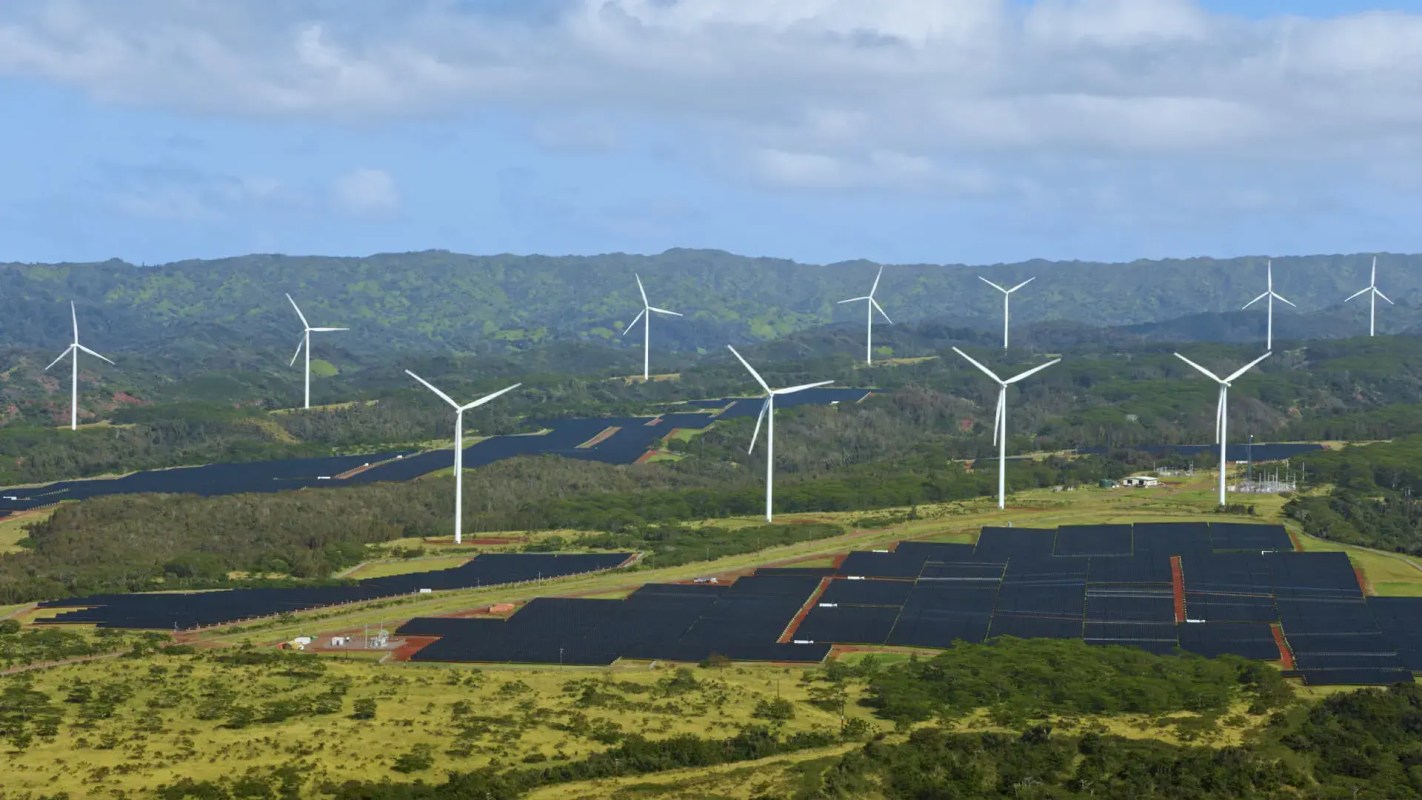Solar has been on the rise in a big way since the 2010s. One reason is that the cost to buy solar panels has been coming down more quickly than expected. In fact, over the last 10 years, the average price of solar has dropped an astounding 89%, which has had a dramatic effect on its attainability.
"The amount of solar power installed in just nine U.S. cities exceeds the amount installed in the entire United States 10 years ago," according to a new report from the Environment America Research & Policy Center. That's a pretty big improvement.
Environment America also ranked the top 10 cities for solar in the U.S. To establish the list, it researched how many watts of solar power are available per person in each city. The top 10 include some places that make sense because of their year-round sunshine — residents are smart to take advantage of it — while others places may surprise you.
Below, we present Environment America's solar rankings, along with the numbers to back it up:
Honolulu, Hawaii
1,133.48 watts per person
Las Vegas, Nevada
689.88 watts per person
San Diego, California
337.41 watts per person
Albuquerque, New Mexico
295.52 watts per person
San Jose, California
287.09 watts per person
San Antonio, Texas
247.36 watts per person
Burlington, Vermont
222.87 watts per person
New Orleans, Louisiana
217.97 watts per person
Phoenix, Arizona
212.67 watts per person
Washington, D.C.
203.26 watts per person
So, how did your city measure up? If it didn't appear here, you can look up its stats on the interactive map included in the report.
You might be wondering how Honolulu got so far ahead of everyone else. The answer is that importing older forms of energy, like oil and coal, to Hawaii costs three to four times more than it does in the lower 48. Since those fuel sources typically power electric plants, electricity bills on the Hawaiian islands can be incredibly steep. Those high costs are big motivators for Hawaiians to invest in solar panels for their homes and businesses.
Environment America hopes these numbers keep going up, but the organization notes that the future of solar relies on making the technology more accessible to more people. It also explains that the government and energy companies have major roles in making this a reality.
While the installation costs of solar panels continue to go down, it still represents a sizable upfront cost that not everyone can afford. Luckily, most solar installation companies have options to lease or finance new panels. Other incentives like federal tax credits and rebates for installations can help the average homeowner immensely and should be kept in place or increased.
The benefits of adding solar to your home go beyond feeling like an environmental champion for lowering your dependence on dirty energy sources like fossil fuels. If you live in an area with sunny summers or, even better, somewhere the sun shines year round, you can say goodbye to your electric bill.
If your panels make more energy than you use in your own home, you can receive energy credits from your local energy company that you can use to cover your electric bill in the winter months when your panels don't get as much sun. You can also gift those free electricity credits to a friend or neighbor, if you're feeling generous.
Some companies will even buy back the extra energy from you.
The system by which energy companies measure the amount of extra energy you create with your solar panels is called "net metering." Net metering is important because the ability to earn credit for making more than your fair share of energy offers a huge incentive to install panels in the first place.
The problem is that some energy companies are rolling back net metering, removing those important benefits for potential solar owners and possibly dissuading people from buying panels in the first place. Organizations like Environment America are committed to making sure consumers are educated about these practices and are able to enjoy all the benefits of solar panels. So make sure you're up to date on your local energy companies' policies.
If you're solar-curious and want to learn more about how to get started, Environment America has put together this helpful guide on going solar.
And if you're not ready to take the plunge, or are unable to foot the bill (we get it, new panels can be pricey!), you might be interested in community solar programs. These allow people to subscribe to nearby solar farms and receive electricity produced by clean energy as well as an electricity bill credit.
Check out Community Solar to find a participating solar farm near you and start saving ASAP!








